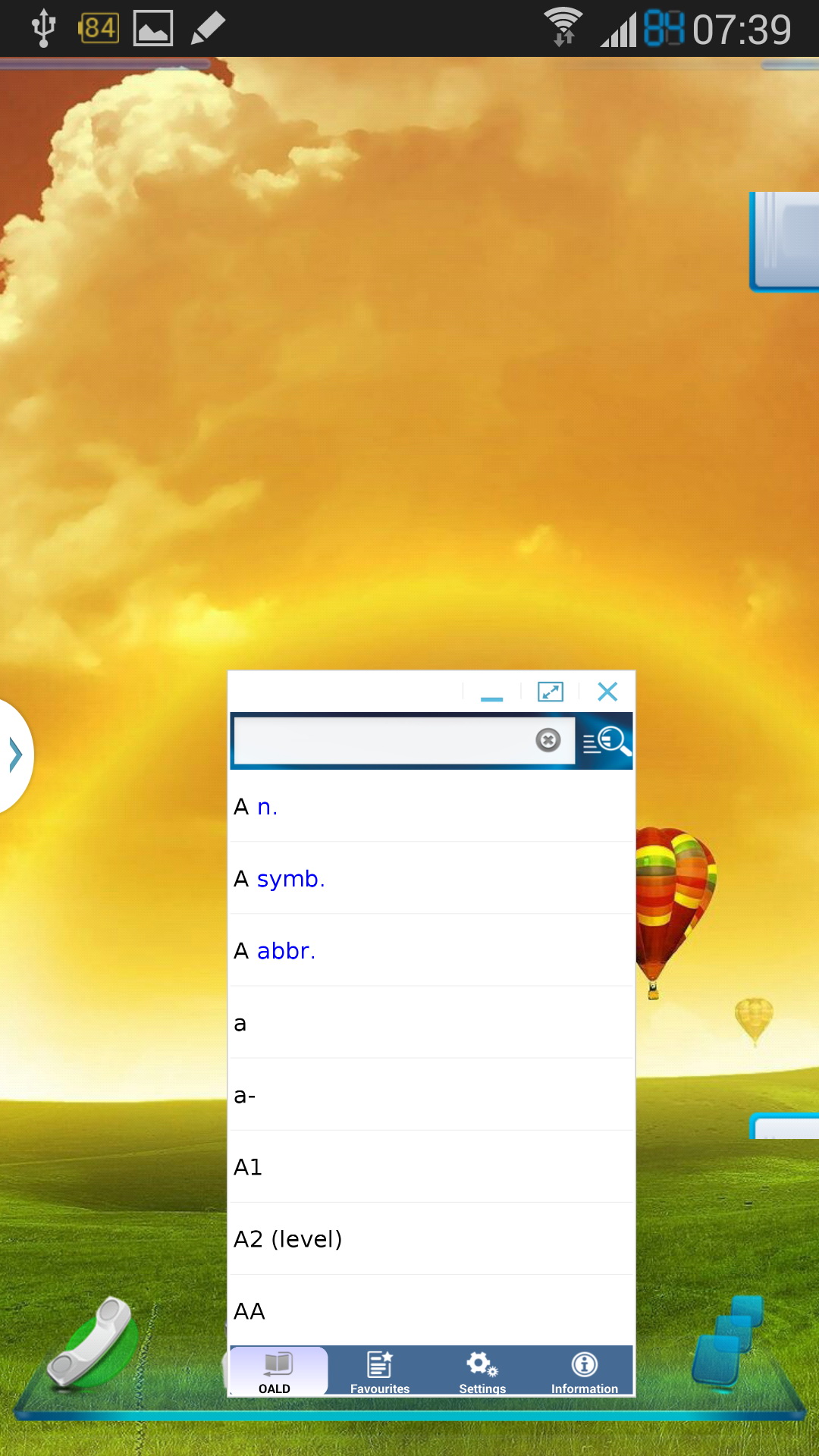


#WINDOWMANAGER XDA WINDOWS#
ĭuring the mid-1980s, Amiga OS contained an early example of a compositing window manager called Intuition (one of the low-level libraries of AmigaOS, which was present in Amiga system ROMs), capable of recognizing which windows or portions of them were covered, and which windows were in the foreground and fully visible, so it could draw only parts of the screen that required refresh. As a result of a lawsuit by Apple, GEM was forced to remove the stacking capabilities, making it a tiling window manager. GEM is famous for having been included as the main GUI used on the Atari ST, which ran Atari TOS, and was also a popular GUI for MS-DOS prior to the widespread use of Microsoft Windows. GEM 1.1 was a window manager that supported the desktop metaphor, and used stacking, allowing all windows to overlap.
#WINDOWMANAGER XDA MAC OS X#
Currently macOS uses a somewhat more advanced window manager that has supported compositing since Mac OS X 10.0, and was updated in Mac OS X 10.2 to support hardware accelerated compositing via the Quartz Compositor. Mac OS was one of the earliest commercially successful examples of a GUI that used a sort of stacking window management via QuickDraw. In the early 1980s, the Xerox Star, successor to the Alto, used tiling for most main application windows, and used overlapping only for dialogue boxes, removing most of the need for stacking. While it is unclear if Microsoft Windows contains designs copied from Apple's classic Mac OS, it is clear that neither was the first to produce a GUI using stacking windows. However, this was so far ahead of its time that its design paradigm would not become widely adopted until more than a decade later. It used a stacking window manager that allowed overlapping windows. In 1973, the Xerox Alto became the first computer shipped with a working WIMP GUI. Main article: History of the graphical user interface Many window managers also come with various utilities and features such as task bars, program launchers, docks to facilitate halving or quartering windows on screen, workspaces for grouping windows, desktop icons, wallpaper, an ability to keep select windows in foreground, the ability to "roll up" windows to show only their title bars, to cascade windows, to stack windows into a grid, to group windows of the same program in the task bar in order to save space, and optional multi-row taskbars. Elements usually associated with window managers allow the user to open, close, minimize, maximize, move, resize, and keep track of running windows, including window decorators. In practice, the elements of this functionality vary greatly. Every graphical user interface based on a windows metaphor has some form of window management. They work in conjunction with the underlying graphical system that provides required functionality-support for graphics hardware, pointing devices, and a keyboard-and are often written and created using a widget toolkit.įew window managers are designed with a clear distinction between the windowing system and the window manager. Most window managers are designed to help provide a desktop environment.
#WINDOWMANAGER XDA SOFTWARE#
Under Wayland clients always draw their own window decorations.Ī window manager is system software that controls the placement and appearance of windows within a windowing system in a graphical user interface. Under X11, when the window manager is not running, the window decorations are missing for most windows.


 0 kommentar(er)
0 kommentar(er)
